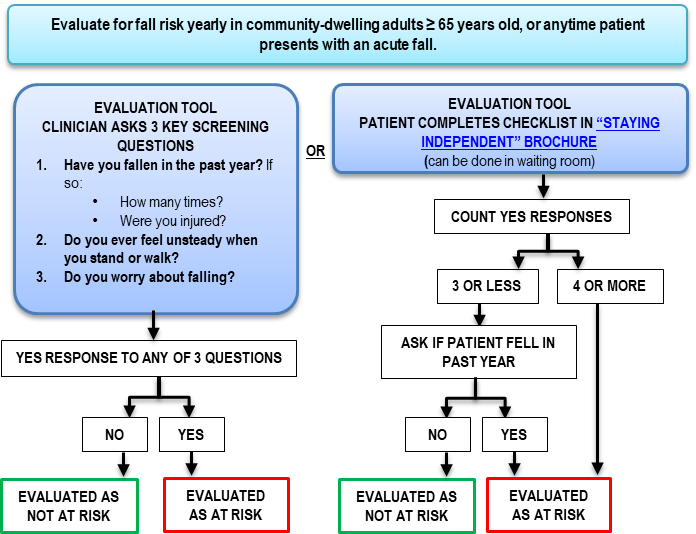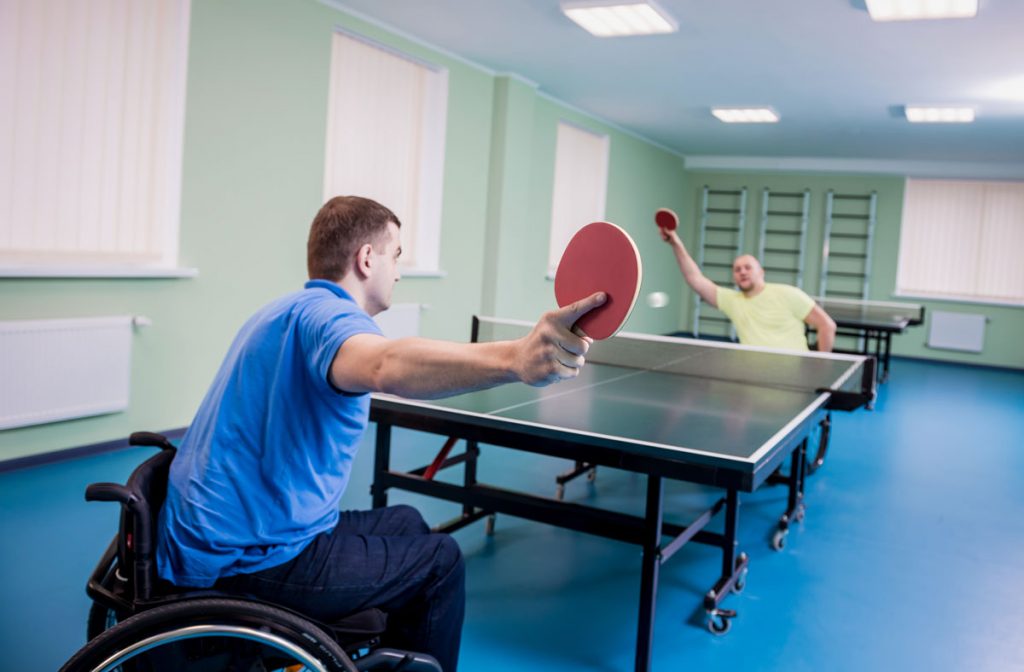Fascination About Dementia Fall Risk
Fascination About Dementia Fall Risk
Blog Article
The Greatest Guide To Dementia Fall Risk
Table of ContentsRumored Buzz on Dementia Fall RiskExcitement About Dementia Fall RiskThe 5-Minute Rule for Dementia Fall RiskThe smart Trick of Dementia Fall Risk That Nobody is Discussing
An autumn risk analysis checks to see how likely it is that you will drop. It is mostly done for older grownups. The assessment typically includes: This consists of a series of concerns regarding your overall health and wellness and if you have actually had previous drops or problems with balance, standing, and/or walking. These tools examine your strength, equilibrium, and stride (the way you walk).Treatments are recommendations that may lower your threat of falling. STEADI includes 3 steps: you for your danger of falling for your risk aspects that can be enhanced to try to prevent falls (for example, equilibrium troubles, impaired vision) to reduce your threat of falling by making use of efficient techniques (for example, giving education and resources), you may be asked several inquiries consisting of: Have you fallen in the previous year? Are you worried concerning dropping?
If it takes you 12 seconds or more, it may imply you are at higher threat for an autumn. This test checks strength and equilibrium.
The positions will obtain more difficult as you go. Stand with your feet side-by-side. Relocate one foot halfway ahead, so the instep is touching the large toe of your other foot. Relocate one foot totally before the various other, so the toes are touching the heel of your various other foot.
The Facts About Dementia Fall Risk Uncovered
Most falls occur as an outcome of numerous adding factors; therefore, managing the danger of falling begins with identifying the variables that add to drop threat - Dementia Fall Risk. A few of one of the most appropriate risk elements include: Background of prior fallsChronic clinical conditionsAcute illnessImpaired gait and equilibrium, reduced extremity weaknessCognitive impairmentChanges in visionCertain risky drugs and polypharmacyEnvironmental aspects can also increase the danger for falls, including: Poor lightingUneven or damaged flooringWet or unsafe floorsMissing or harmed handrails and grab barsDamaged or poorly fitted devices, such as beds, wheelchairs, or walkersImproper use assistive devicesInadequate supervision of individuals staying in the NF, including those that exhibit aggressive behaviorsA effective fall threat administration program calls for a comprehensive professional evaluation, with input from all members of the interdisciplinary team

The care strategy should additionally include interventions that are system-based, such as those that promote a secure setting (proper lights, hand rails, get bars, etc). The effectiveness of the interventions ought to be reviewed periodically, and the care plan revised as needed to reflect modifications in the fall danger assessment. Carrying out a loss risk management system utilizing evidence-based ideal practice can lower the occurrence of drops in the NF, while limiting the potential for fall-related injuries.
9 Simple Techniques For Dementia Fall Risk
The AGS/BGS standard advises screening all adults matured 65 years and older for fall threat every year. This testing contains asking patients whether they have actually dropped 2 or even more times in the previous year or sought clinical focus for a fall, or, if they have actually not fallen, whether they feel unstable when strolling.
People that have dropped when without injury ought to have their balance and stride evaluated; those with stride or equilibrium irregularities ought to receive additional assessment. A history of 1 autumn without injury and without stride or balance problems does not warrant additional analysis past ongoing yearly loss threat screening. Dementia Fall Risk. A loss danger analysis is required as part of the Welcome to Medicare examination

The Best Guide To Dementia Fall Risk
Documenting a drops history is one of the high quality indicators for autumn prevention and monitoring. Psychoactive medications in particular are independent predictors of go to the website falls.
Postural hypotension can often be eased by reducing the dosage of blood pressurelowering medications and/or quiting medications that have orthostatic hypotension as a side effect. Use above-the-knee support tube and copulating the head of the bed raised may additionally lower postural reductions in high blood pressure. The recommended components of a fall-focused physical exam are displayed in Box 1.

A pull time better than or equivalent to 12 secs suggests high autumn risk. The 30-Second Chair Stand test evaluates reduced extremity stamina and equilibrium. Being unable to stand up from a chair of knee height without making use of one's arms indicates raised loss danger. The 4-Stage Equilibrium examination assesses static equilibrium by having the patient stand in 4 placements, each progressively a lot more challenging.
Report this page